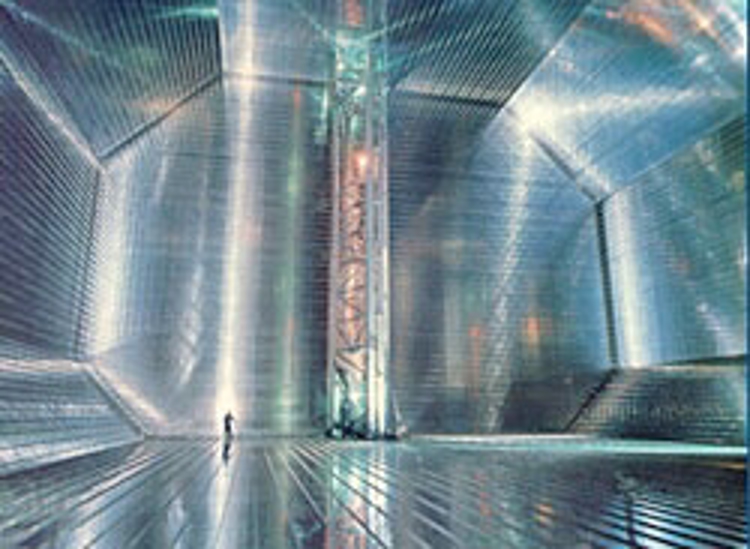
"We've established a leading position as a provider of integrated control systems for LNG carriers" – Jon – Fredrik Lehn – Pedersen, responsible for Kongsberg Maritime's deliveries to LNG carriers.
A recent report from Samsung, called "Propulsion alternatives for modern LNG carriers", identifies a dual-fuel system using boil off gas and heavy fuel oil as a popular new choice by ship owners. Of the 30 LNG carriers with non-steam turbine propulsion on order at Samsung as of December 2006, 16 featured dual-fuel diesel electric propulsion. Most of these will include Kongsberg systems to manage and monitor the necessary power and gas cargo supplies.
"We've established a leading position as a provider of integrated control systems for LNG carriers, which we've used to develop good solutions for dual-fuel LNG carriers, including reliquefaction and the propulsion control systems," says Jon-Fredrik Lehn-Pedersen, who is responsible for Kongsberg Maritime's deliveries to LNG carriers.
With a separate department within ship automation dedicated to LNG deliveries, KONGSBERG has provided control systems to LNG vessels for more than 7 years. Kongsberg Maritime ensures the successful performance of its systems for LNG vessels with dynamic simulations. Through its full dynamic process simulator, KONGSBERG can test the design and functionality of their systems before they are put on board.
Lehn-Pedersen and his colleague, Jan Simonsen (responsible for developing new applications for Kongsberg’s integrated control systems, including dual-fuel), answered questions related to dual fuel deliveries:
KONGSBERG has a strong order-book for LNG carriers. How many of these are dual-fuel deliveries? Are these more complicated?
The gas-handling part, including compressors, vaporizers, heaters and separators, are very similar, except for the low duty compressor. Dual-fuel vessels have a two-stage compressor; steam turbine vessels have a one-stage compressor. Dual fuel engines operate at much higher pressure (5.4 bar compared to 0.8 bar). Power management is more advanced for dual-fuel vessels, with a tight integration to the gas management system. With both boiler control and gas management systems, all LNG vessels involve complex control situations.
What are ship-owners' biggest concerns related to dual-fuel propulsion? What are shipyards' concerns? How does KONGSBERG address these?
Dual-fuel isn't as flexible as steam turbines. The boilers can burn the gas available and then use heavy fuel for their remaining needs. If the gas supply is too great, excessive steam can be dumped in the main condenser. Dual-fuel engines can operate on both gas and heavy fuel oil/marine diesel oil. In some cases, though, it won't be possible to match gas demand with supply. When gas demand is too low, excess gas will be buffered in tanks or burned in a gas combustion unit (comparable to the steam dump). When gas demand is too high, the forcing vaporizer will be used, like with steam-driven vessels. Shipyards and owners seek experienced companies in this field that are familiar with their challenges. KONGSBERG will try to make as flexible a control system as possible. We have developed special functions in the power management in order to have a more flexible system.
What is the LNG market's willingness to invest in new solutions?
For 40 years, the LNG market has used the same kind of propulsion with few changes. Now we have two new concepts: dual-fuel diesel electric and slow-speed heavy fuel oil engines with reliquefaction. Due to increased efficiency and difficulty getting staff trained for steam vessels, these new concepts are gaining ground. Big suppliers gain acceptance only after test running dual-fuel systems or by dynamic process simulators for reliquefaction.
What are your observations from the delivery, commissioning and support of these systems?
Commissioning may take longer since it cannot begin until all items are installed on the vessel. KONGSBERG is trying to minimize this time by having distributed control and direct supply to sub-vendors. For the gas-handling system, for example, we are supplying the control system directly to suppliers and they use KONGSBERG panels directly. This reduces commissioning time for the yard. For support, we see that with more and more systems onboard a vessel, it is a challenge. Maintenance crew onboard must be well trained to handle all the necessary systems.